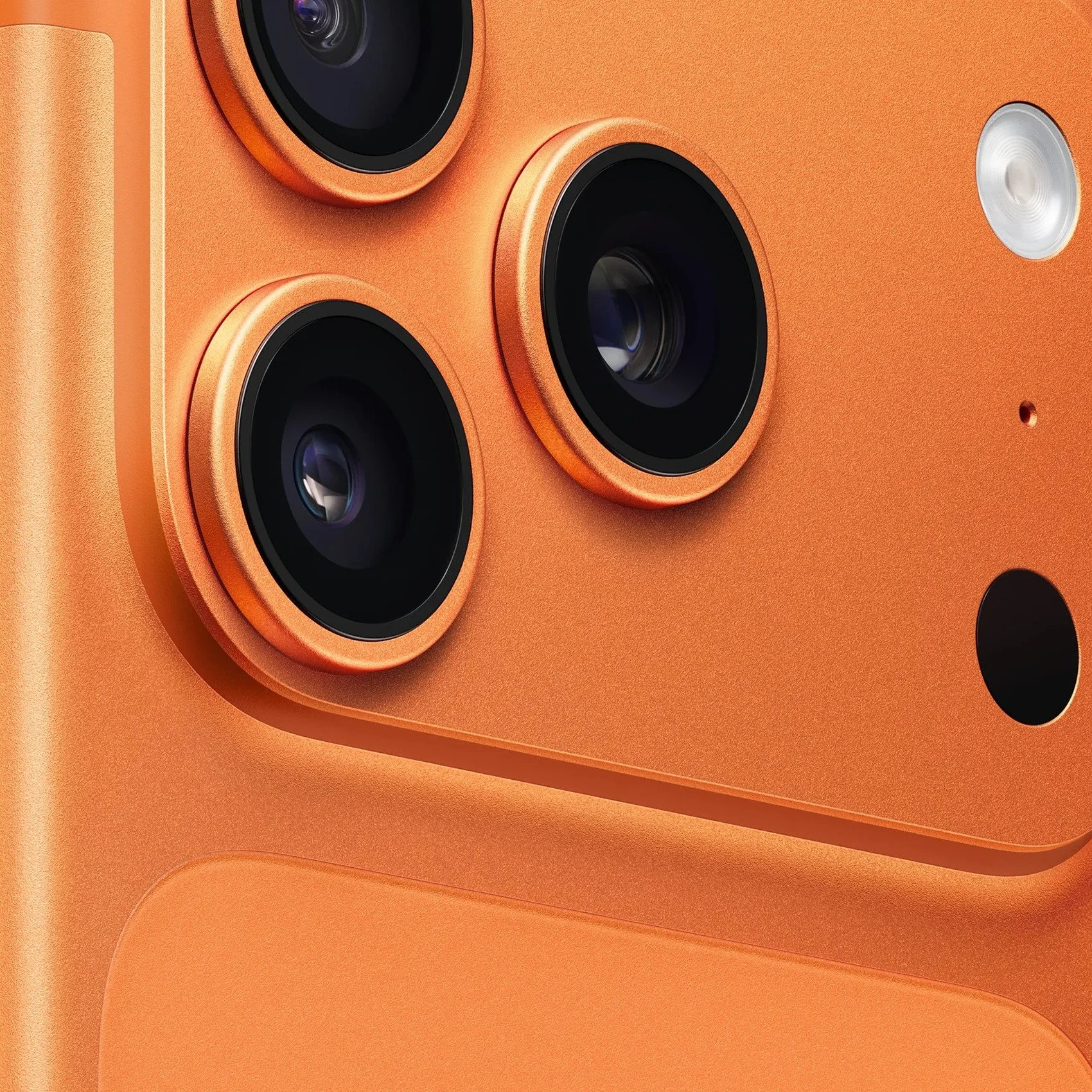5 Simple Tips for Shooting Better Interior Photography
Photographing interiors requires working inside a confined room; so, the very first thing you would like is a suitable lens. Most people would favor using a camera lens; however, this lens causes issues with image distortion. Distortion could be a massive and common problem while shooting interiors but may be reduced if you utilize a lens with the focal length set between eighty and one hundred.
Interior pictures should be bright, with excellent exposure and have fresh, vibrant colors. This is the standard utilized by publishers all across the world. To achieve this photographer should be able to control these aspects and have an excellent understanding of light.
1. What is your center of attention; your object
Look out for lines that may result in the center of attention of your image. By leading with lines into the main part of the scene, you may draw observers into your photograph. These lines haven't got to be straight. They'll be a row of seats or interesting converging vertical objects.
Be sure to examine everything in your entire ambiance as you can take the additional time to look around as a photographer. With interior photography, there are various lovely pictures of wall decor, ceilings, and floor pictures and various other things that the photographer may not have noticed if they don't pay attention. Every ambiance has something beautiful, and it is up to you to get it.
2. Simple foreground objects also are excellent and taken using smaller aperture to focus
Patterns on a floor will provide your interior a better sense of depth. Use a small aperture (f/22) to stay the complete scene focused while carrying out the interior photography Singapore. Try to frame your scene with some elements in the room. This may draw attention to the main part of the image.
3. Strategy for Low Light; you can use reflectors or natural lights
One of the frequent issues with interior photography is working with low light. Anytime, you are within shooting interiors, low light is going to create an issue specifically for digital cameras. You can assist to avoid this issue by utilizing a tripod. The extra stability of the tripod will enable you to take photographs at less shutter speed without staking the blur caused by natural movement of your body as you press the shutter button. You should always have a filter handy or modify the white balance of your camera to avoid ugly tones created by fluorescent lights.
4. Angle; for more shots use wide angle
The One point viewpoint or "head on" view is solid and symmetrical. The Two-point viewpoint may characterize the space successfully yet give careful consideration the how the space of the photo is partitioned. The accentuation ought to be on 2/3 of the structure; don't isolate the space fifty-fifty. For draftsmen and manufacturers, make sure to demonstrate noteworthy outline detail and think about how the spaces cooperate. Try not to' attempt to indicate an excessive amount of - keep the viewer's consideration on vital components. Several great photos are significantly more viable than a ton of feeble ones. Go for quality, not the amount. Keep in mind the proverb: "Toning it down would be best" - wide point doesn't imply that one ought to show all the more since it is conceivable to do as such. EVERYTHING in the photo must consider it's weight and be responsible for the general organization. Each point, line, and detail need to "work" in the photo.
5. Height; use medium level
A low point foreshortens and can be extremely pleasant for a few perspectives, in any case, it is vital to demonstrate the imperative components of the interior too. Be sufficiently high to isolate the components and keep the piece spotless and clear. Stay away from a messed look and having things "become out" from the highest points of furniture, and so forth. Sporadically a high view is required, however, for the most part, I find that a little lower at waist level is good and wonderful. The higher the focal point, the more forefront contortion; A bit of furniture excessively near the frontal area (particularly around a table) will turn out to be exceptionally blended with a higher view. Frequently the closer view will decide the camera stature. Having the forefront "fall" out towards the base edge of the photo is extremely aggravating and should be stayed away from by either conforming the camera tallness, camera position or moving the furniture once more from the closer view.
We've created Interior Design and Architecture Adobe Lightroom presets & Adobe Photoshop Actions Collection to help improve your indoor and outdoor photography, and save you countless hours of frustration during editing.













